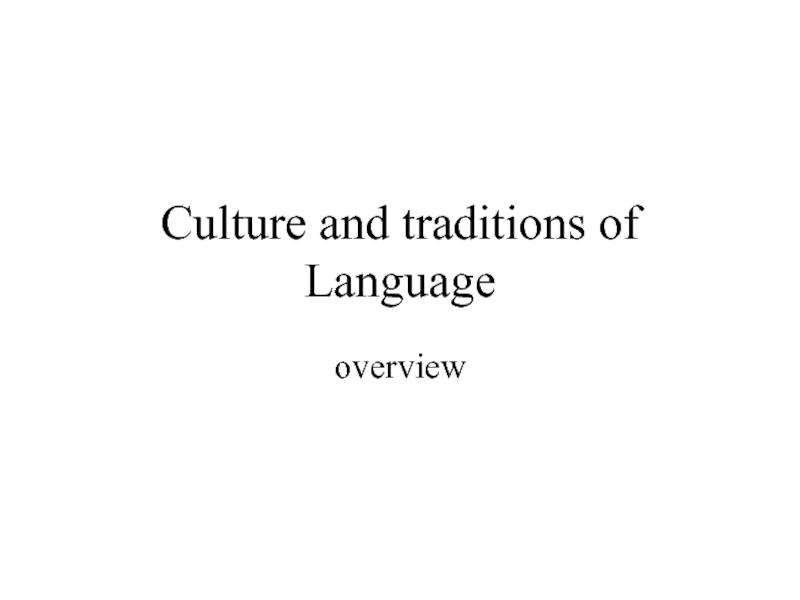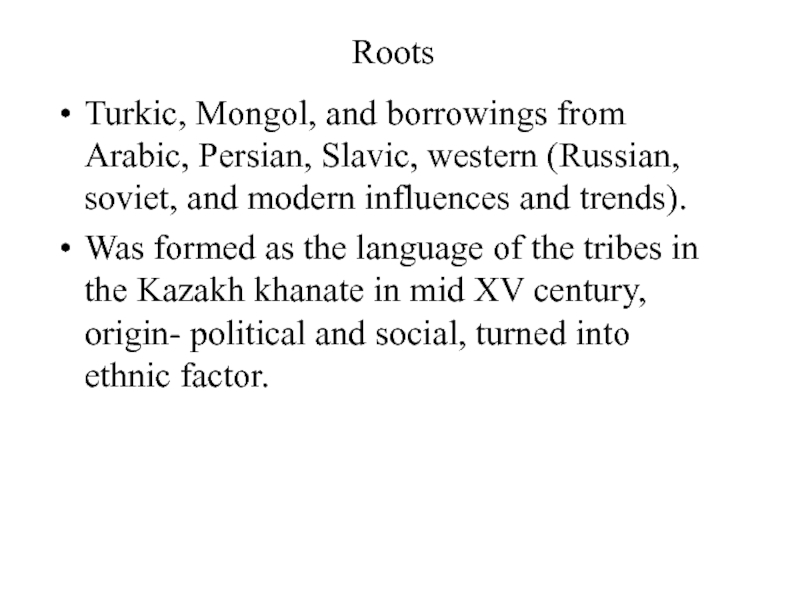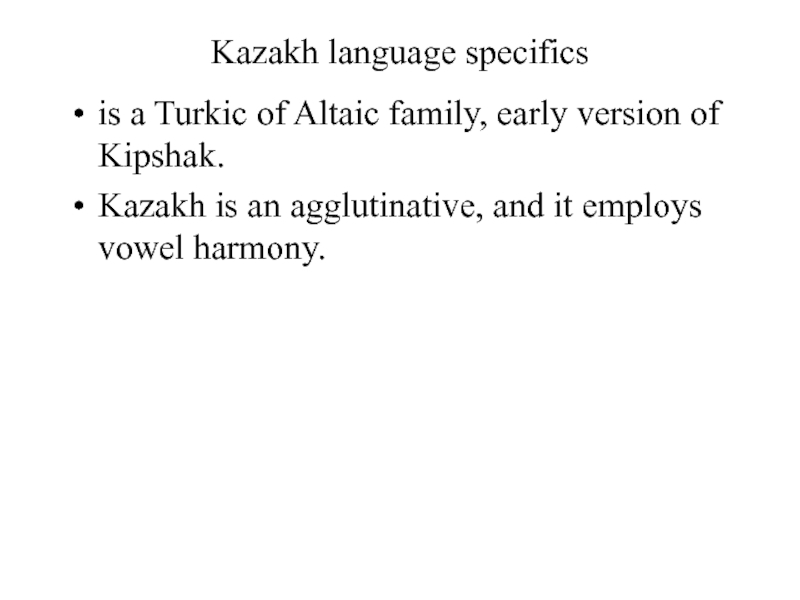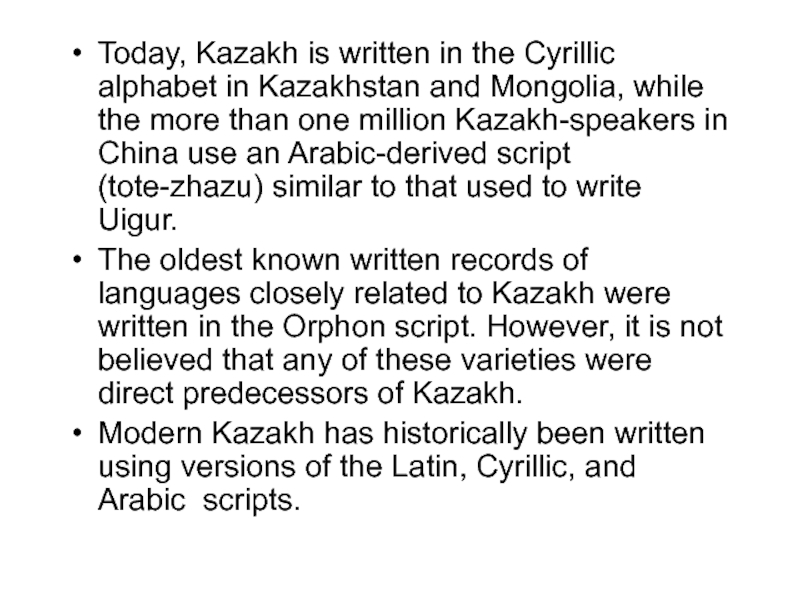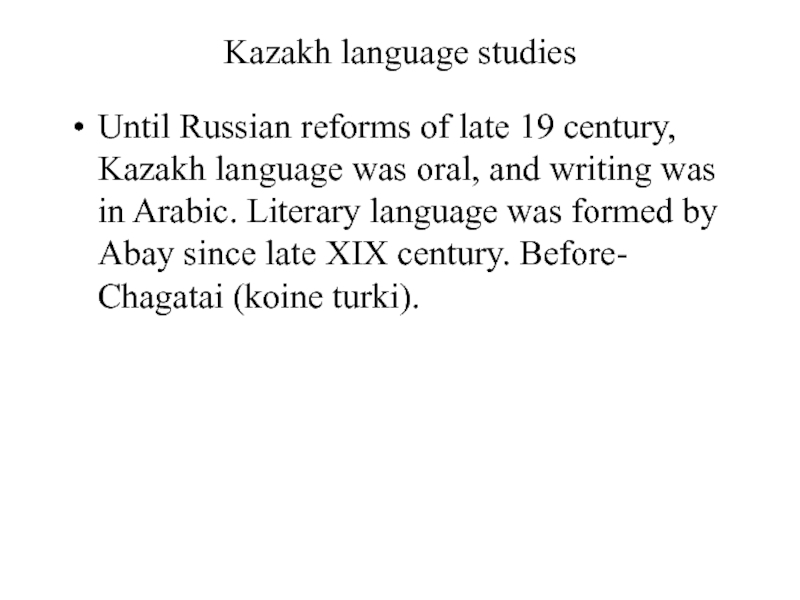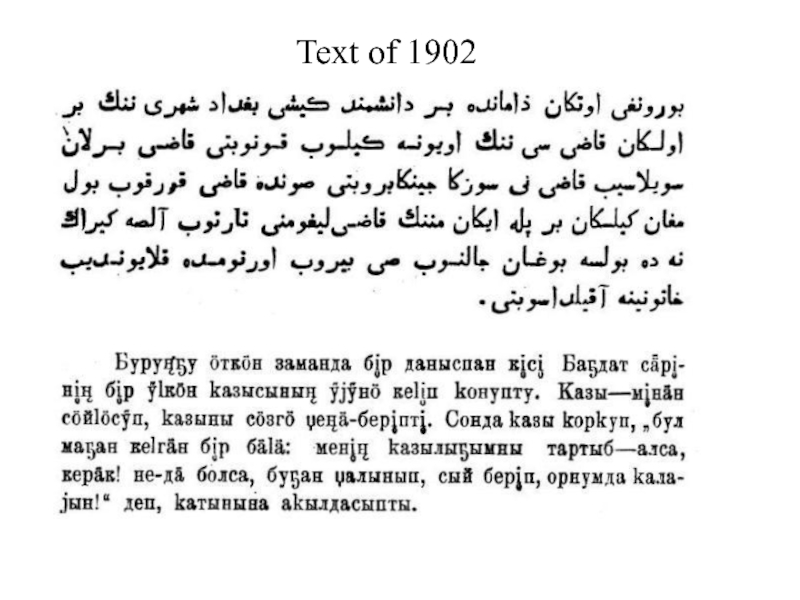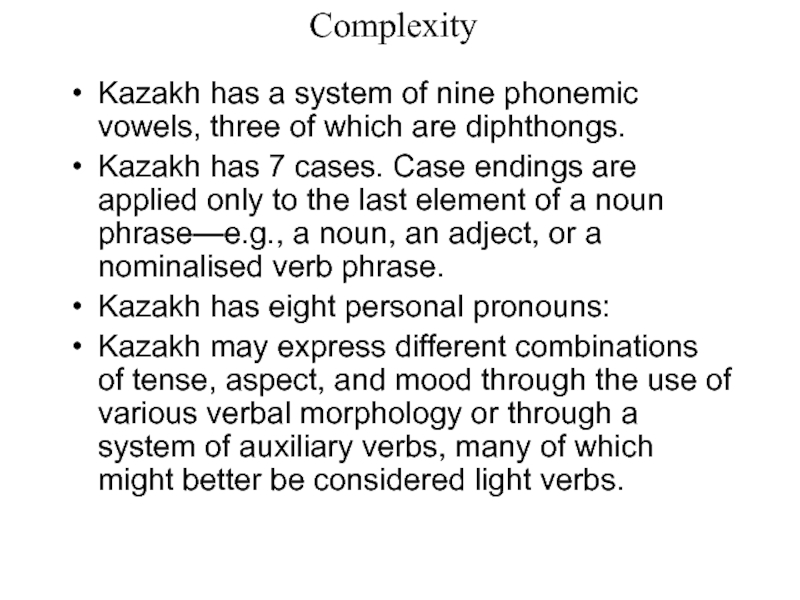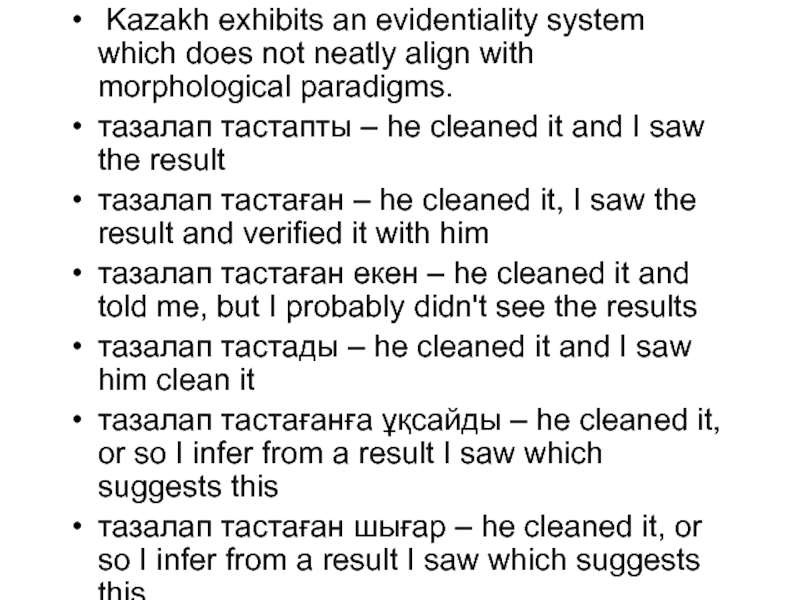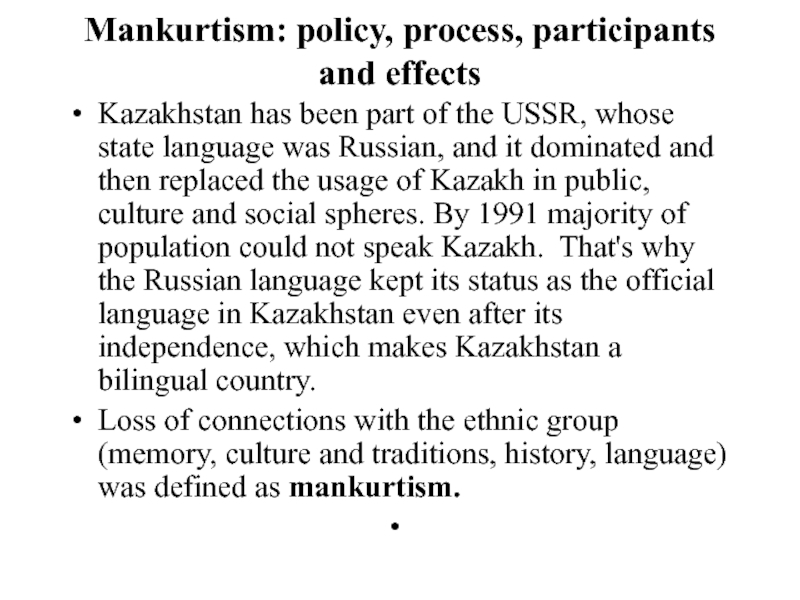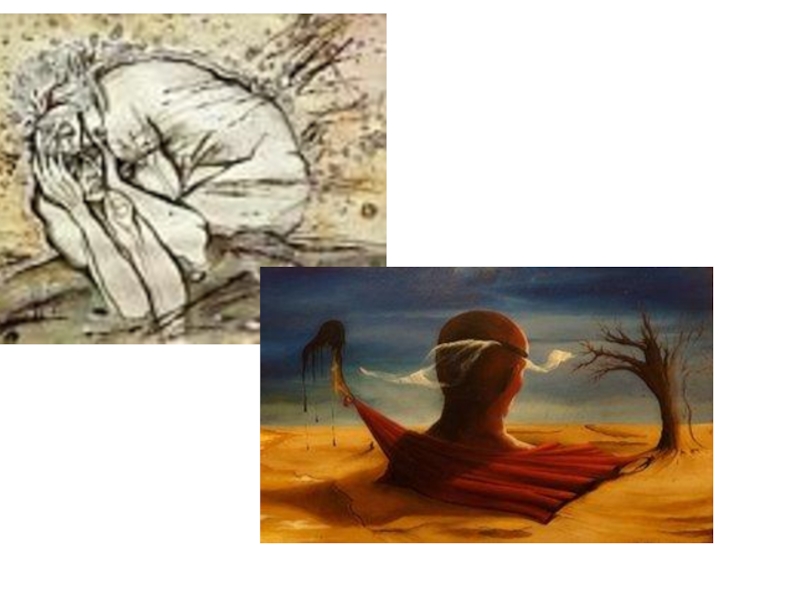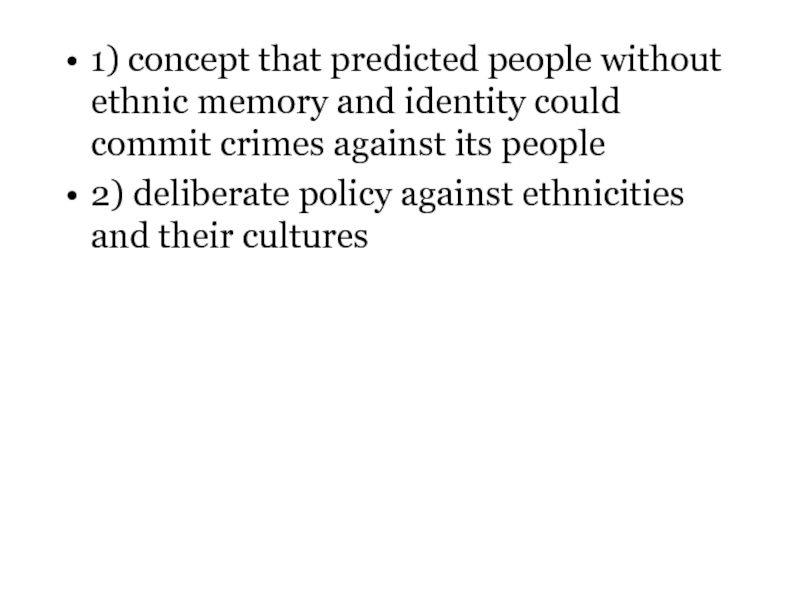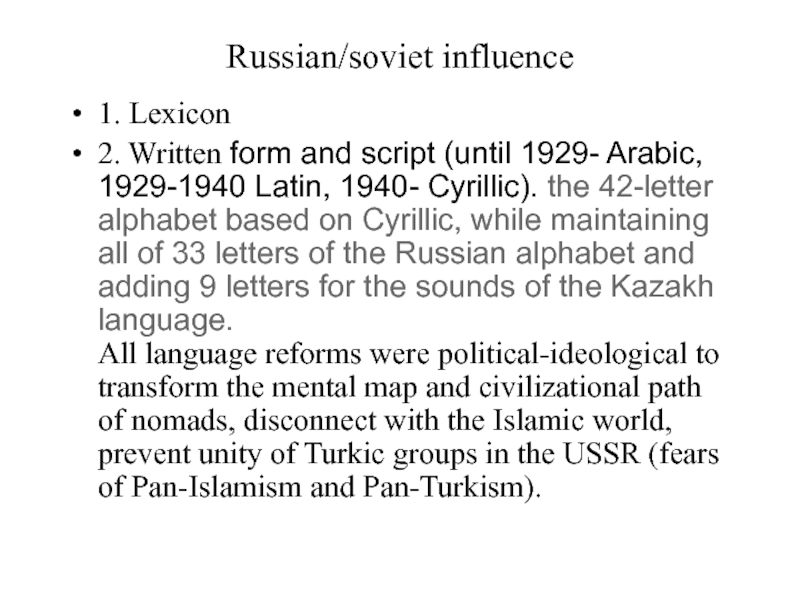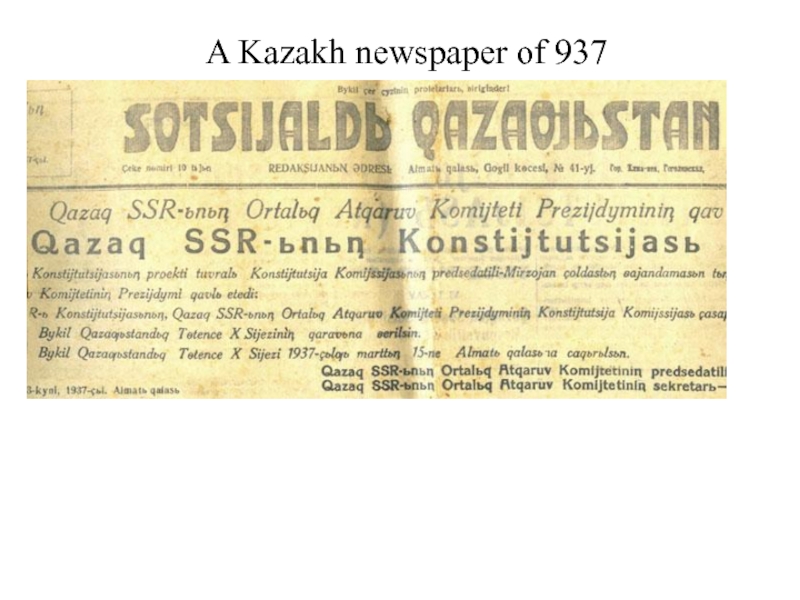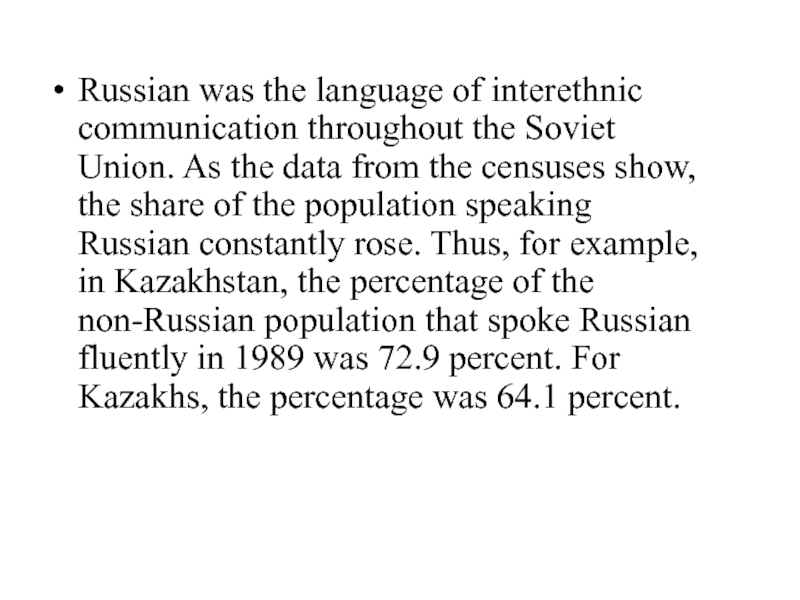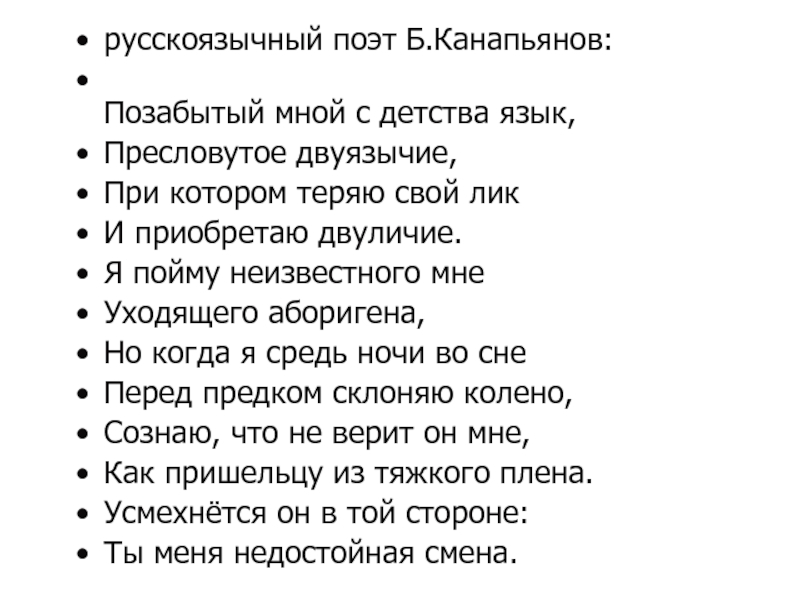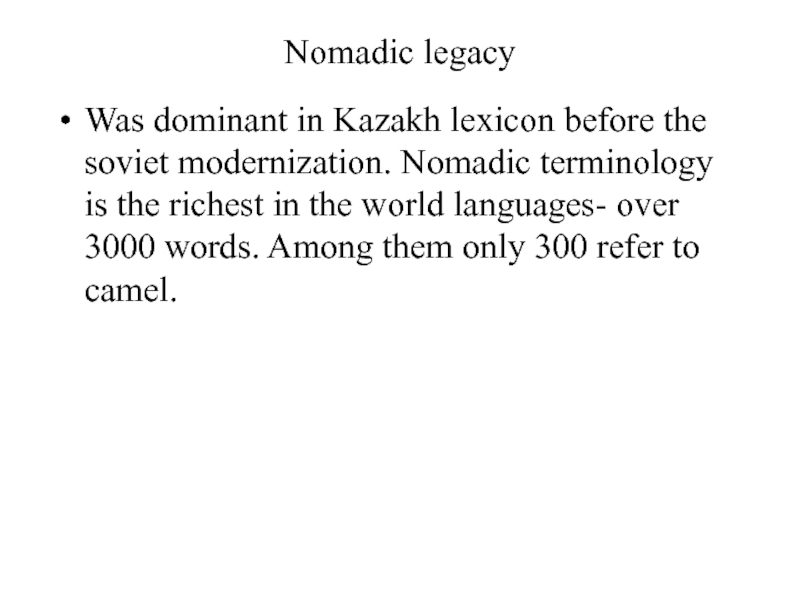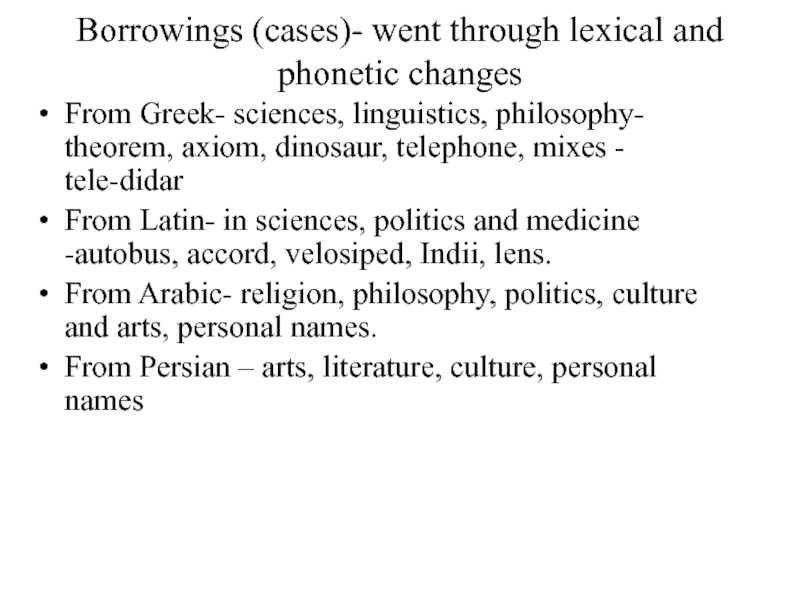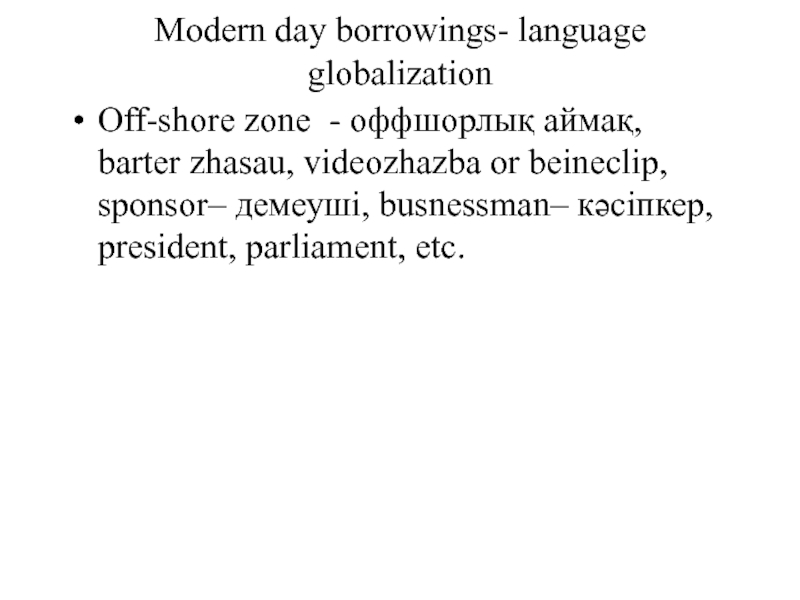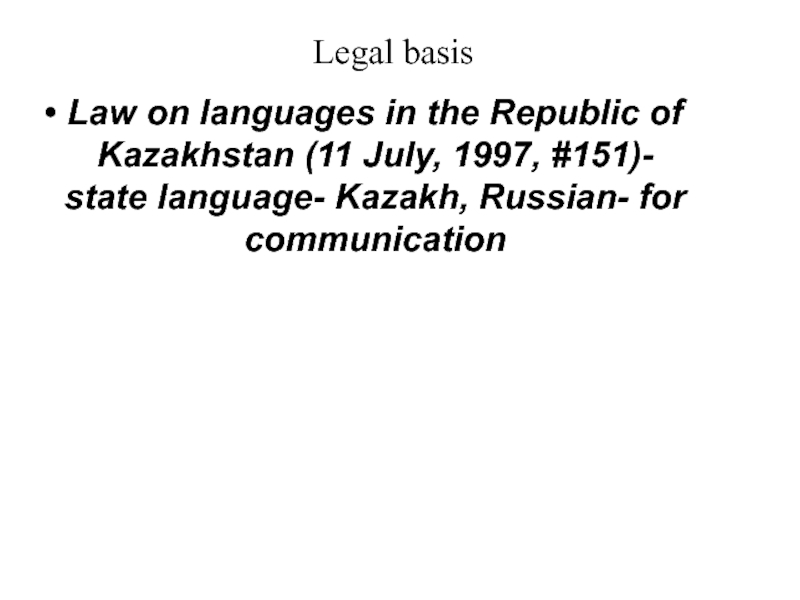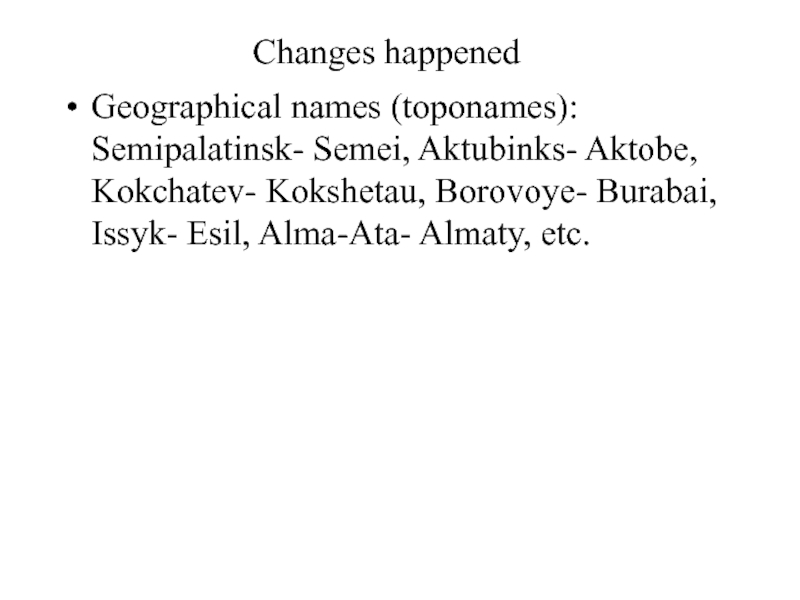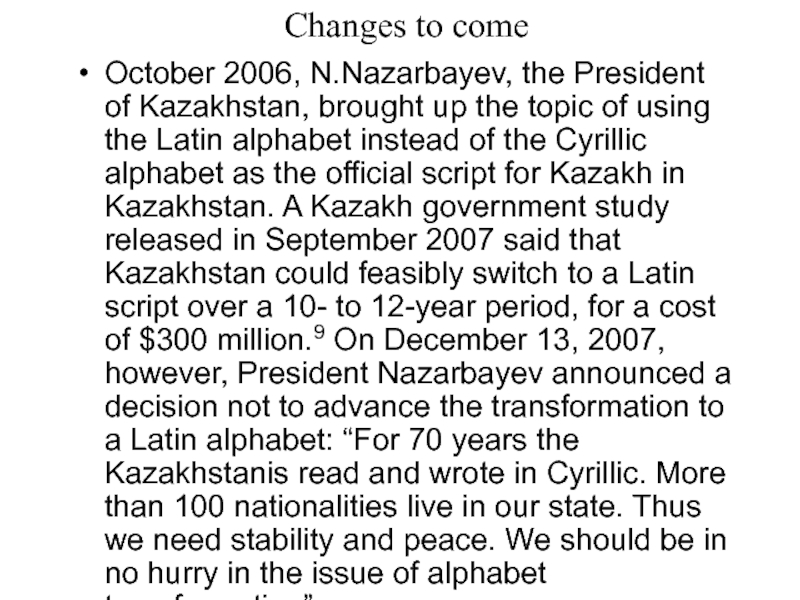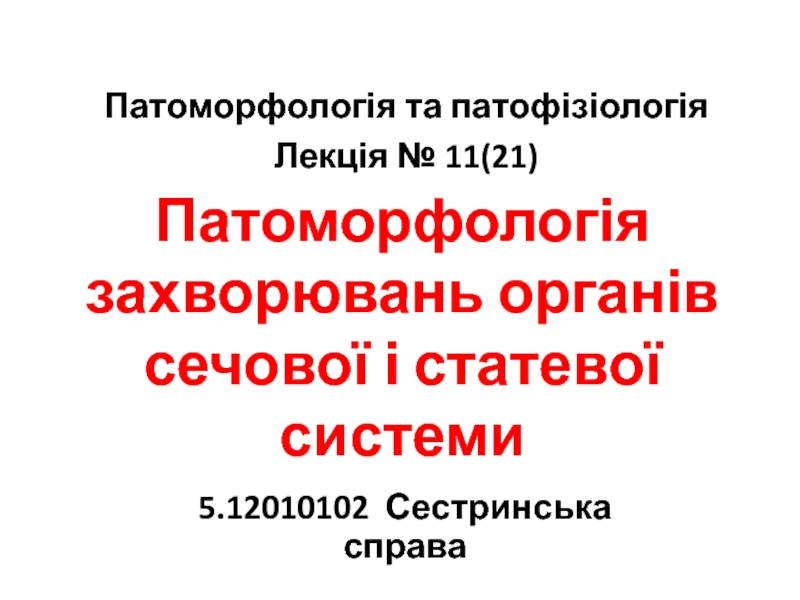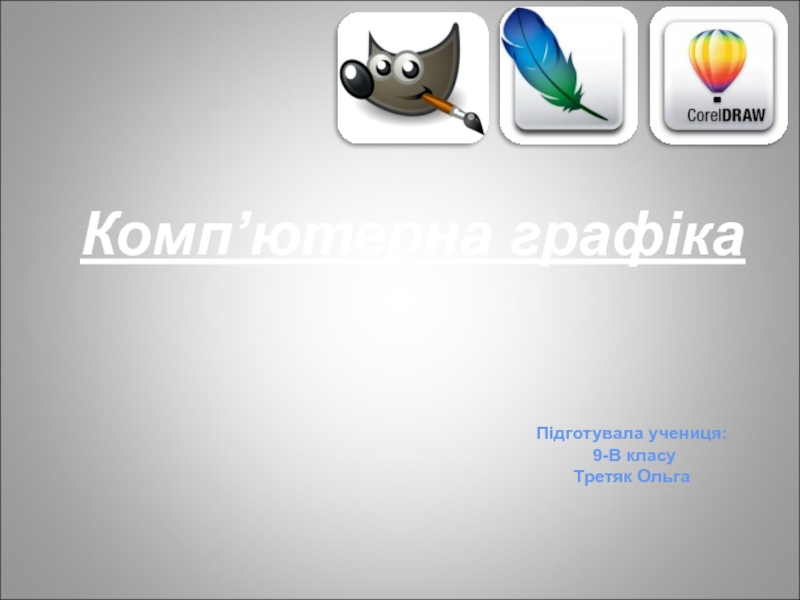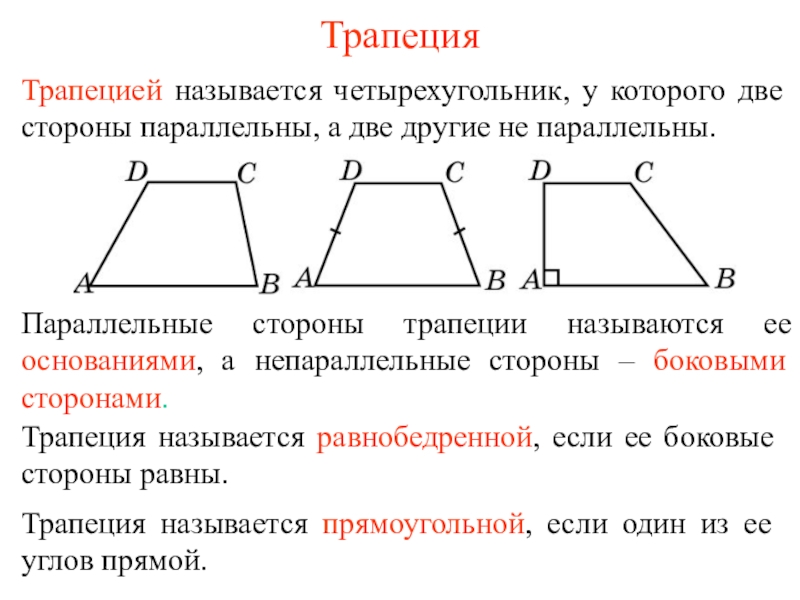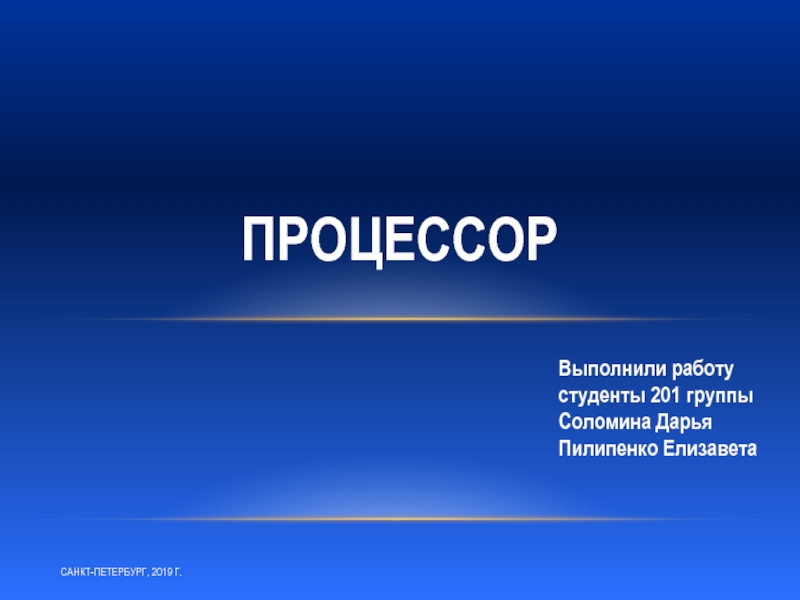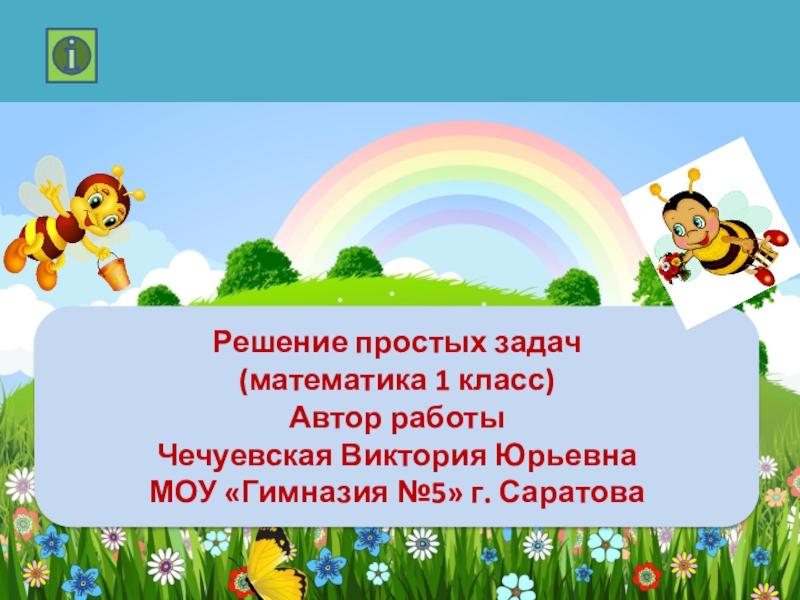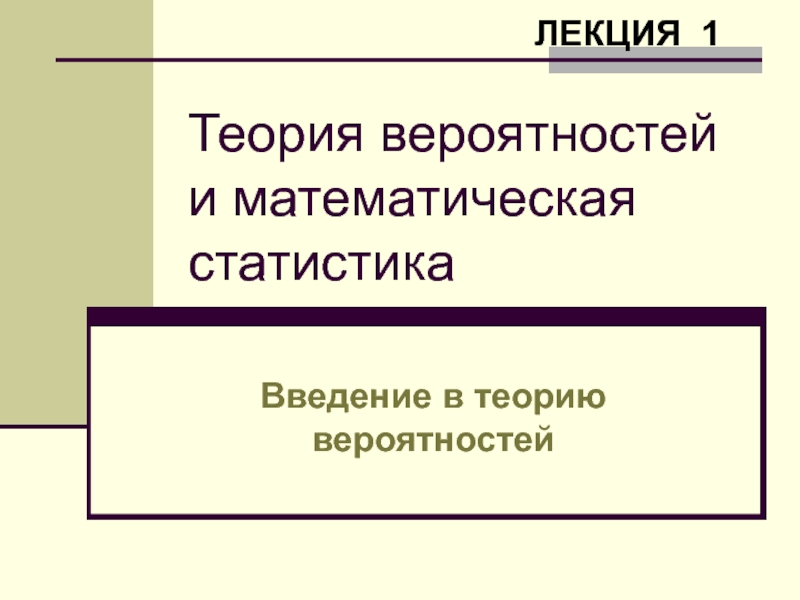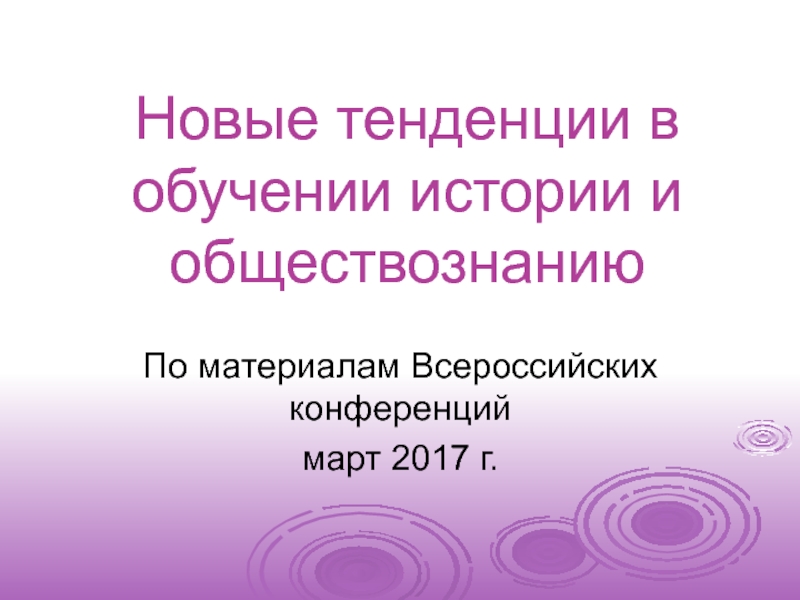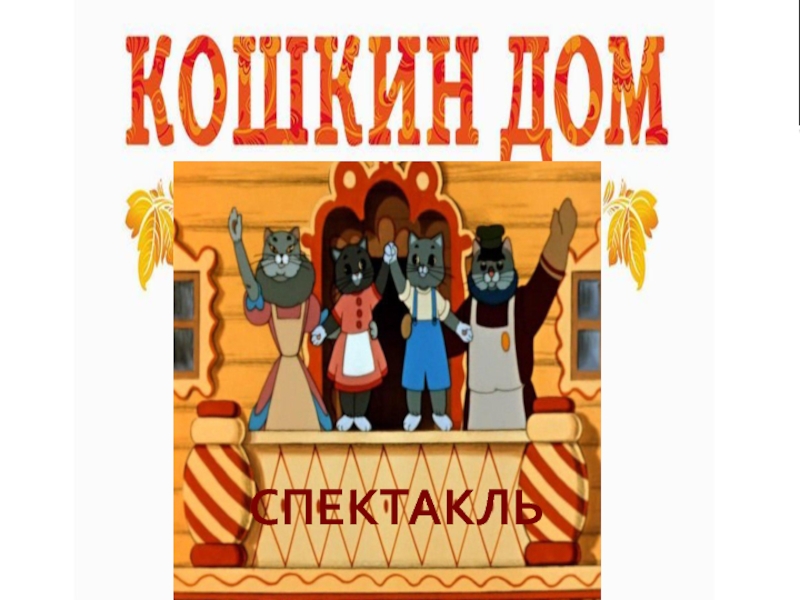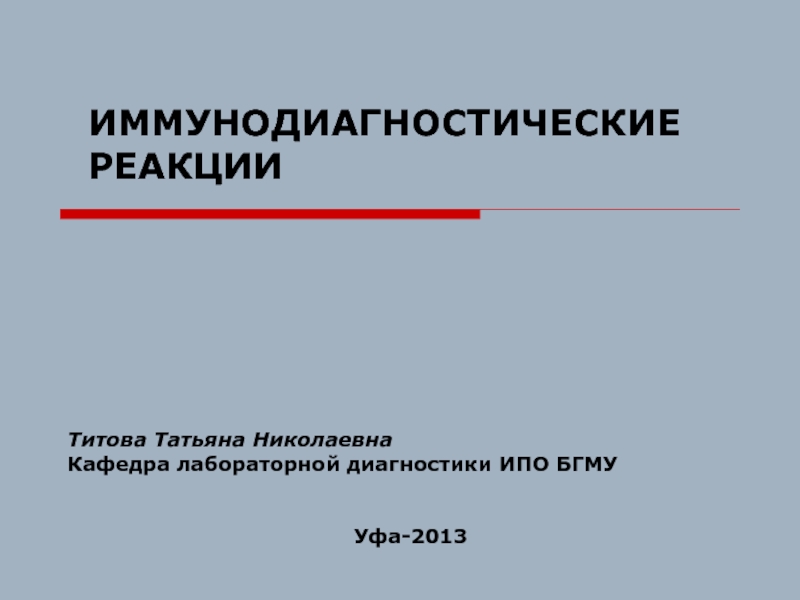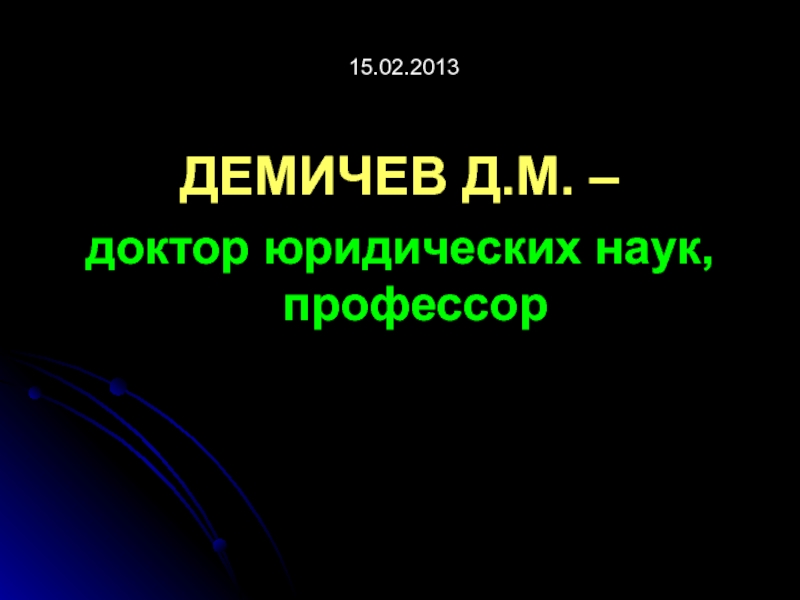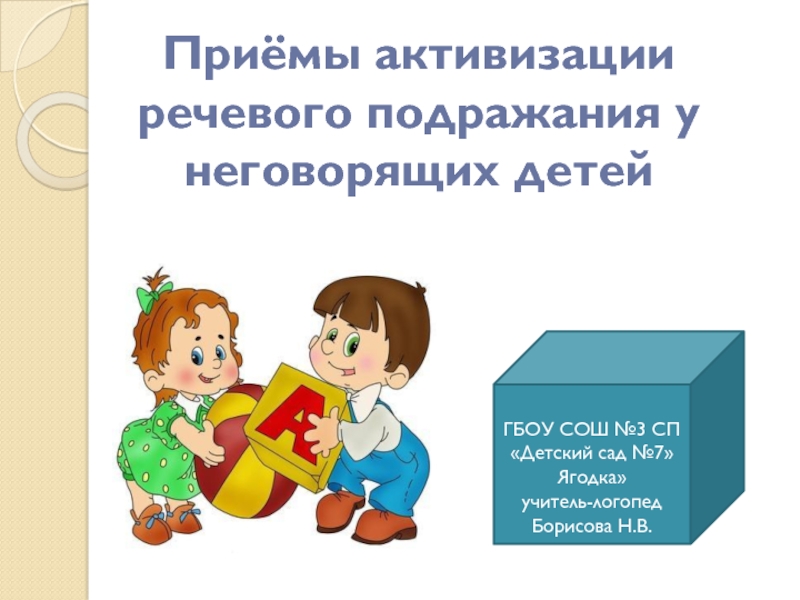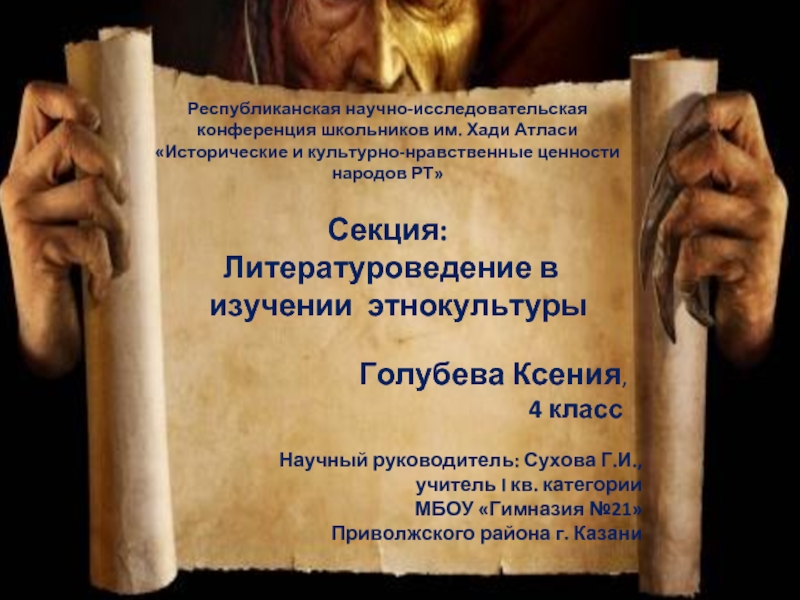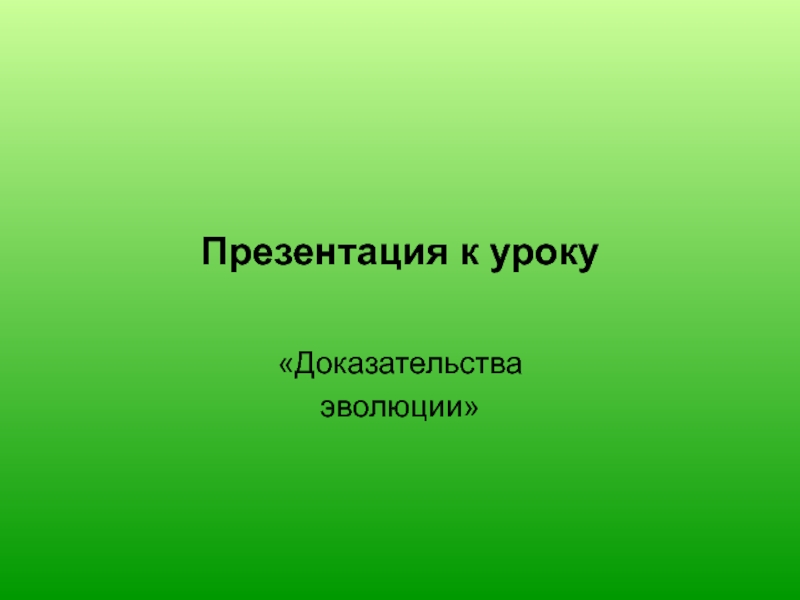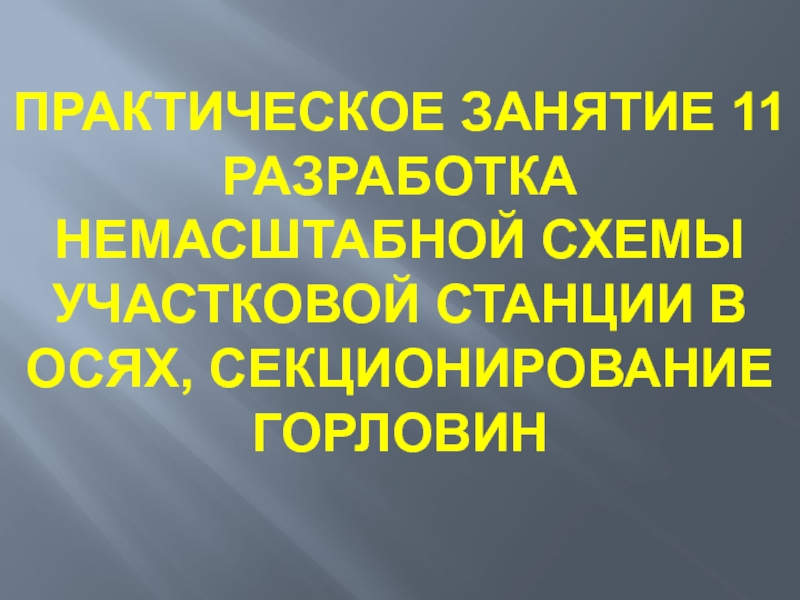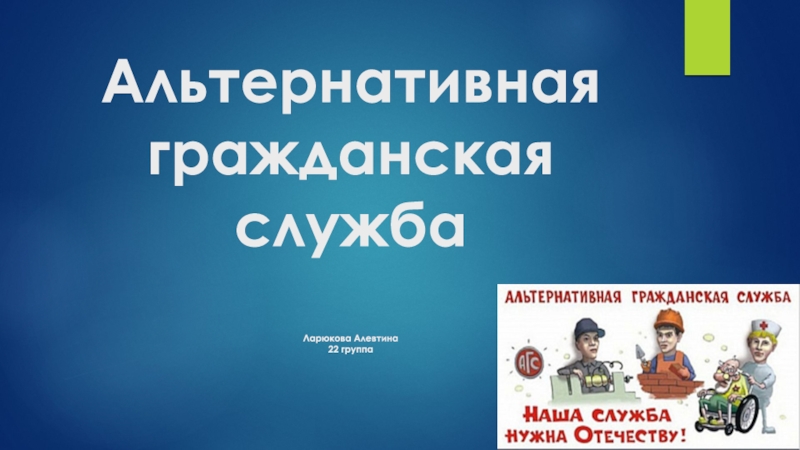Разделы презентаций
- Разное
- Английский язык
- Астрономия
- Алгебра
- Биология
- География
- Геометрия
- Детские презентации
- Информатика
- История
- Литература
- Математика
- Медицина
- Менеджмент
- Музыка
- МХК
- Немецкий язык
- ОБЖ
- Обществознание
- Окружающий мир
- Педагогика
- Русский язык
- Технология
- Физика
- Философия
- Химия
- Шаблоны, картинки для презентаций
- Экология
- Экономика
- Юриспруденция
Culture and traditions of Language
Содержание
- 1. Culture and traditions of Language
- 2. Roots Turkic, Mongol, and borrowings from Arabic,
- 3. Kazakh language specificsis a Turkic of Altaic
- 4. Today, Kazakh is written in the Cyrillic
- 5. Kazakh language studiesUntil Russian reforms of late
- 6. Text of 1902
- 7. Complexity Kazakh has a system of nine
- 8. Kazakh exhibits an evidentiality system which
- 9. Mankurtism: policy, process, participants and effects Kazakhstan
- 10. Слайд 10
- 11. 1) concept that predicted people without ethnic
- 12. Russian/soviet influence 1. Lexicon2. Written form and
- 13. A Kazakh newspaper of 937
- 14. Russian was the language of interethnic communication
- 15. русскоязычный поэт Б.Канапьянов: Позабытый мной с детства
- 16. Nomadic legacyWas dominant in Kazakh lexicon before
- 17. Borrowings (cases)- went through lexical and phonetic
- 18. Modern day borrowings- language globalizationOff-shore zone -
- 19. Legal basisLaw on languages in the Republic
- 20. Changes happenedGeographical names (toponames): Semipalatinsk- Semei, Aktubinks-
- 21. Changes to comeOctober 2006, N.Nazarbayev, the President
- 22. Скачать презентанцию
Roots Turkic, Mongol, and borrowings from Arabic, Persian, Slavic, western (Russian, soviet, and modern influences and trends). Was formed as the language of the tribes in the Kazakh khanate in mid
Слайды и текст этой презентации
Слайд 2Roots
Turkic, Mongol, and borrowings from Arabic, Persian, Slavic, western
(Russian, soviet, and modern influences and trends).
the language of the tribes in the Kazakh khanate in mid XV century, origin- political and social, turned into ethnic factor.Слайд 3Kazakh language specifics
is a Turkic of Altaic family, early version
of Kipshak.
Kazakh is an agglutinative, and it employs vowel harmony.
Слайд 4Today, Kazakh is written in the Cyrillic alphabet in Kazakhstan
and Mongolia, while the more than one million Kazakh-speakers in
China use an Arabic-derived script (tote-zhazu) similar to that used to write Uigur.The oldest known written records of languages closely related to Kazakh were written in the Orphon script. However, it is not believed that any of these varieties were direct predecessors of Kazakh.
Modern Kazakh has historically been written using versions of the Latin, Cyrillic, and Arabic scripts.
Слайд 5Kazakh language studies
Until Russian reforms of late 19 century, Kazakh
language was oral, and writing was in Arabic. Literary language
was formed by Abay since late XIX century. Before- Chagatai (koine turki).Слайд 7Complexity
Kazakh has a system of nine phonemic vowels, three
of which are diphthongs.
Kazakh has 7 cases. Case endings
are applied only to the last element of a noun phrase—e.g., a noun, an adject, or a nominalised verb phrase. Kazakh has eight personal pronouns:
Kazakh may express different combinations of tense, aspect, and mood through the use of various verbal morphology or through a system of auxiliary verbs, many of which might better be considered light verbs.
Слайд 8 Kazakh exhibits an evidentiality system which does not neatly
align with morphological paradigms.
тазалап тастапты – he cleaned it and
I saw the resultтазалап тастаған – he cleaned it, I saw the result and verified it with him
тазалап тастаған екен – he cleaned it and told me, but I probably didn't see the results
тазалап тастады – he cleaned it and I saw him clean it
тазалап тастағанға ұқсайды – he cleaned it, or so I infer from a result I saw which suggests this
тазалап тастаған шығар – he cleaned it, or so I infer from a result I saw which suggests this
Слайд 9Mankurtism: policy, process, participants and effects
Kazakhstan has been part
of the USSR, whose state language was Russian, and it
dominated and then replaced the usage of Kazakh in public, culture and social spheres. By 1991 majority of population could not speak Kazakh. That's why the Russian language kept its status as the official language in Kazakhstan even after its independence, which makes Kazakhstan a bilingual country.Loss of connections with the ethnic group (memory, culture and traditions, history, language) was defined as mankurtism.
Слайд 111) concept that predicted people without ethnic memory and identity
could commit crimes against its people
2) deliberate policy against
ethnicities and their cultures Слайд 12Russian/soviet influence
1. Lexicon
2. Written form and script (until 1929-
Arabic, 1929-1940 Latin, 1940- Cyrillic). the 42-letter alphabet based on
Cyrillic, while maintaining all of 33 letters of the Russian alphabet and adding 9 letters for the sounds of the Kazakh language. All language reforms were political-ideological to transform the mental map and civilizational path of nomads, disconnect with the Islamic world, prevent unity of Turkic groups in the USSR (fears of Pan-Islamism and Pan-Turkism).Слайд 14Russian was the language of interethnic communication throughout the Soviet
Union. As the data from the censuses show, the share
of the population speaking Russian constantly rose. Thus, for example, in Kazakhstan, the percentage of the non-Russian population that spoke Russian fluently in 1989 was 72.9 percent. For Kazakhs, the percentage was 64.1 percent.Слайд 15русскоязычный поэт Б.Канапьянов:
Позабытый мной с детства язык,
Пресловутое двуязычие,
При котором теряю
свой лик
И приобретаю двуличие.
Я пойму неизвестного мне
Уходящего аборигена,
Но когда я
средь ночи во снеПеред предком склоняю колено,
Сознаю, что не верит он мне,
Как пришельцу из тяжкого плена.
Усмехнётся он в той стороне:
Ты меня недостойная смена.
Слайд 16Nomadic legacy
Was dominant in Kazakh lexicon before the soviet modernization.
Nomadic terminology is the richest in the world languages- over
3000 words. Among them only 300 refer to camel.Слайд 17Borrowings (cases)- went through lexical and phonetic changes
From Greek-
sciences, linguistics, philosophy- theorem, axiom, dinosaur, telephone, mixes - tele-didar
From
Latin- in sciences, politics and medicine -autobus, accord, velosiped, Indii, lens. From Arabic- religion, philosophy, politics, culture and arts, personal names.
From Persian – arts, literature, culture, personal names
